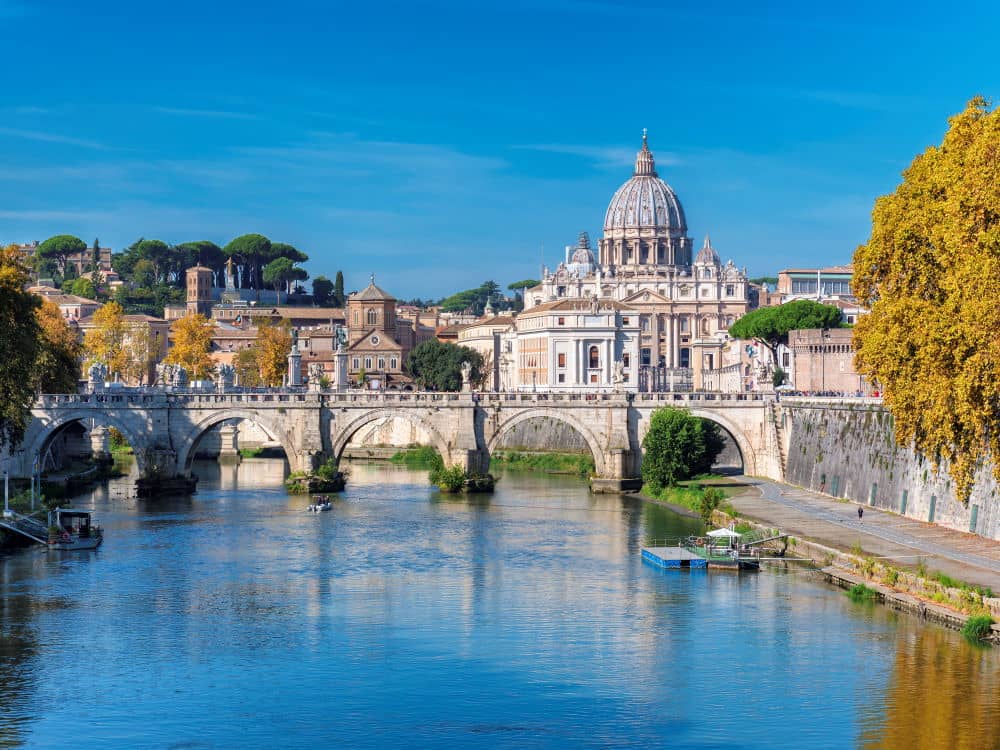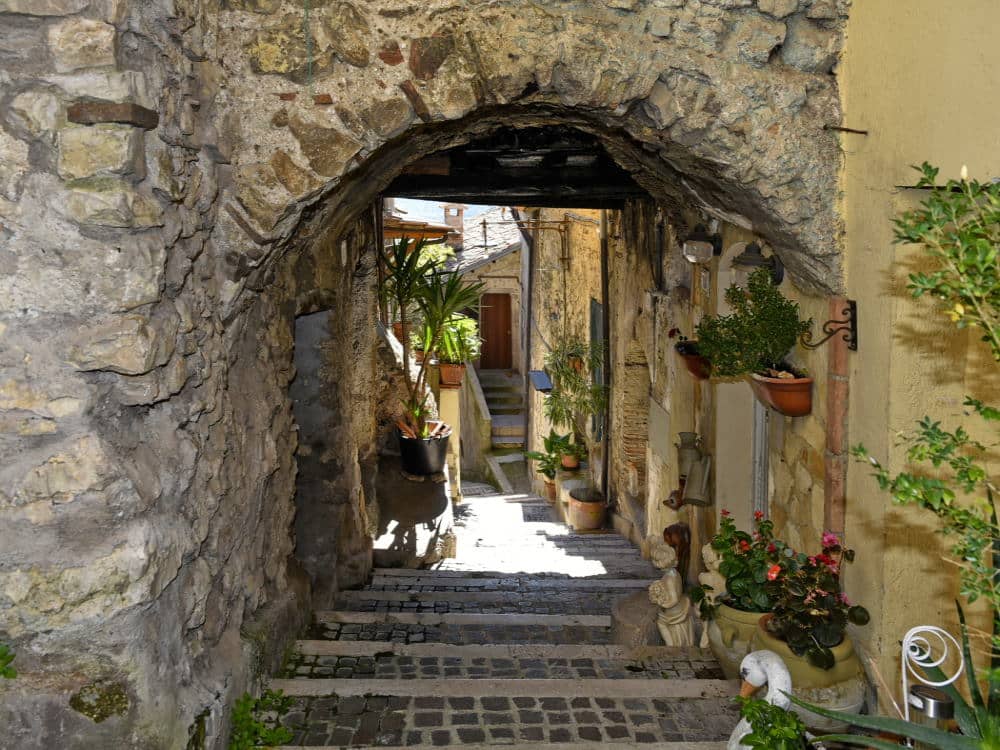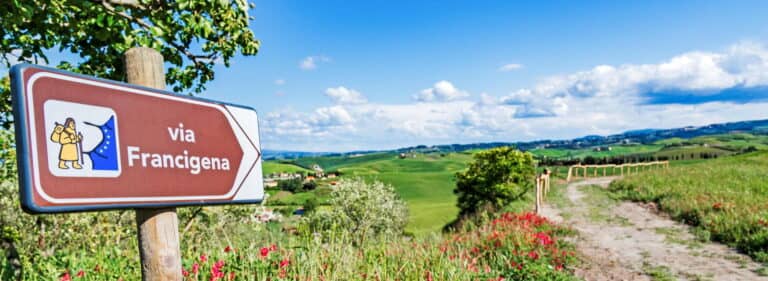Destination: Italy – Lazio
Lazio is a region of Central Italy, bordering on the north-west with Tuscany, on the north with Umbria, on the north-east with the Marche, on the east with Abruzzo and Molise, on the south-east with the Campania; on the western side, it is bathed by the Tyrrhenian Sea. Lazio hosts the small state of Vatican City. The name Lazio (Latius) probably derives from the Latin “latus” (the term for “far” and “flatland”).
Lazio is a region full of highlights, surprises, with varied landscapes and excellent food…an ideal holiday destination!

History
Since the Bronze Age period, traces of settlement in the Lazio region can be detected. The ancient Greeks knew the settlements of Lazio and probably exchanged goods and food with them. Since the eighth century BC, the Etruscans of the nearby Etruria region (modern Tuscany) have had a strong influence on Lazio, whose settlements and cities tried to defend themselves before being defeated by the new powerful Rome. With the foundation of Rome, a new political and military centre developed in Lazio. The non-Etruscan cities under the leadership of Alba Longa, where the Latin language originated, were subjugated by Rome and the city grew steadily and rapidly until it became first a region and then a world power. Lazio became the most important province and extended up to the current Campania region.
With the introduction of Christianity as a state religion and the appointment of the first Pope, the Catholic Church gained power in Rome. After the fall of the Western Roman Empire, noble families and the Pope ruled Lazio. After the increase in power of the Vatican, Lazio became a political union and the Papal States of the Vatican extended its temporal power all over central Italy. After the initial defeat by Napoleon, the Pope had to accept the unification of Italy and Lazio became part of the Kingdom of Italy in 1870.
Territory
The large presence of hills and plains, with three mountain chains within the region, make Lazio very varied geographically and this is witnessed by the variety of flora and fauna that live in the area. A perfect territory for naturalistic excursions, with the great vegetation of the Maremma and green areas perfect for works such as the Park of Bomarzo, one of the many attractions scattered throughout the province, together with the necropolises, the areas of Etruria and the Tuscia, Volturno, Ferento and other important archaeological sites.
Climate
The climate of Lazio is certainly very varied. In the coastal areas and towards the sea, the temperature is mild while it is colder in the inland. Of course, the areas where the summer is longer and there are more sunny days is Rome and its surroundings. The best time to visit Lazio is certainly between spring and summer, when rainfall is at its minimum, the vegetation present is more luxuriant and most of the parks are flowering.
Cuisine and tipical products
Obviously, with Rome as capital, the typical Lazio food is seen as carbonara and amatriciana, arrabbiata and gricia, cacio and pepe pasta and pecorino cheese. However, Lazio has many typical dishes, especially meat: porchetta is certainly a must in many areas, while lamb and vaccinara tail are undoubtedly the dishes at the basis of the Roman diet. Artichokes and courgette flowers are the kings of vegetables, made in a pan or fried, but also supplì and codfish are well known.
Places and attractions to visit
For the travellers unfamiliar with the region, Lazio offers almost every possible choice, and it is certainly hard to remain disappointed: sea, beaches, nature, culture, and history.
We all know the most famous places in Lazio: Rome, the capital of Italy, obviously deserves a full visit of several days with its many churches, such as the papal basilicas, museums, Roman monuments like the Colosseum and the Roman Forum, Vatican City, the Pantheon. Then, of course, there is the picturesque Trastevere district with its lively nightlife, the animated squares of Piazza del Popolo, and Piazza Navona. Then do not forget the memorable Spanish Stairs and Trevi Fountain.
Lazio actually offers so much that it is difficult to give a brief overview. Viterbo is a small city but it is worth a visit, especially for its surroundings full of history and landscapes that have nothing to envy to the most famous areas of Tuscany. Rieti is a city rich in history, the perfect starting point to discover the Sabina hills. Latina deserves a stop for its fascist architecture and the nearby beaches, while Frosinone is the perfect place for trekking and walks in nature. A mention goes to Civita di Bagnoregio, a truly evocative town, also known as the city that dies because it was built on a tuff spur that erodes year by year. Then we have to mention Ostia Antica, the old Roman port city.
Lazio is also the region, crossed by well-known pilgrim routes, which brought pilgrims from all over the world to the tomb of Saint Peter in Rome. We only mention the Via Francigena and the Via di San Francesco, which are walked by many pilgrims every year.

Our Tours in Lazio

The Way of Saint Francis pilgrimage walk
The ‘Way of St. Francis’ is a pilgrims route from La Verna to Rome passing all places which remind us of Saint Francis and his compagnons.

Via Francigena: Lucca -Siena-Viterbo-Roma
Walking from Luca to Rome along the Via Francigena, an ancient pilgrims way, enjoying the panoramic landscape and picturesque towns of Tuscany and Lazio.
